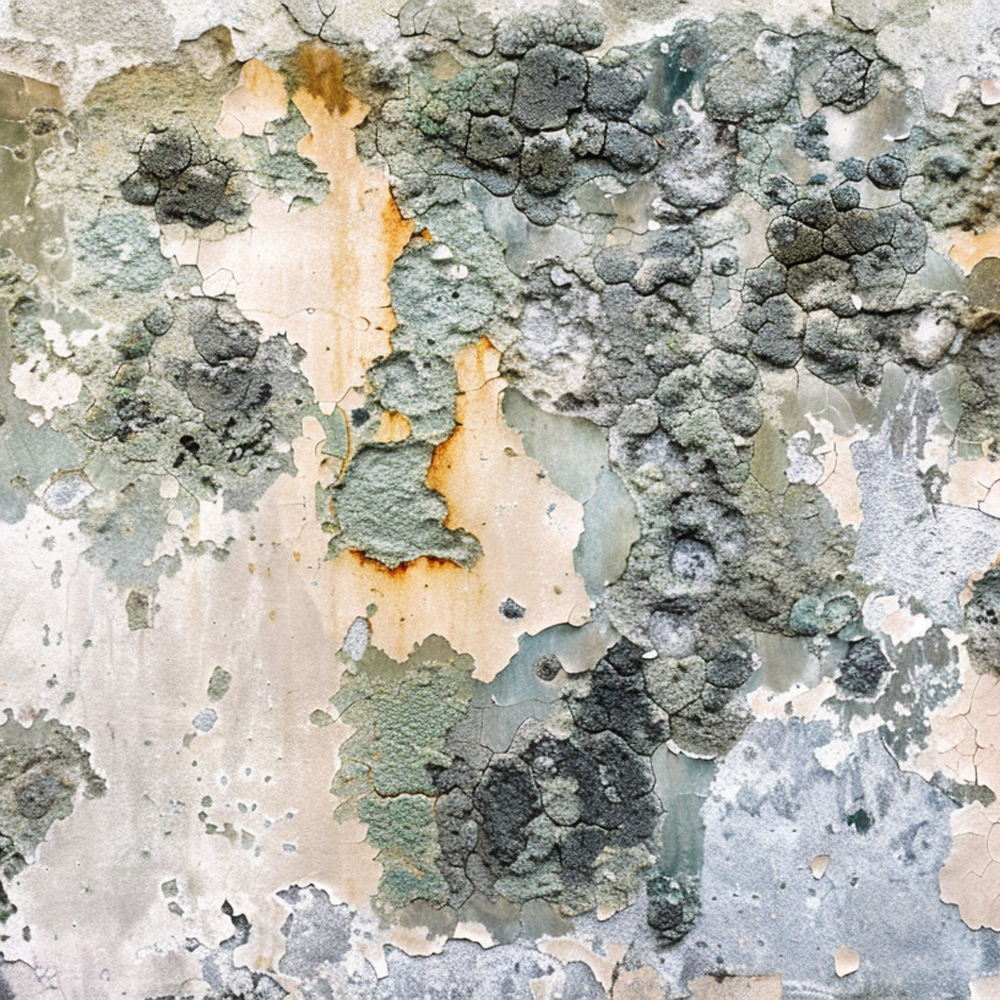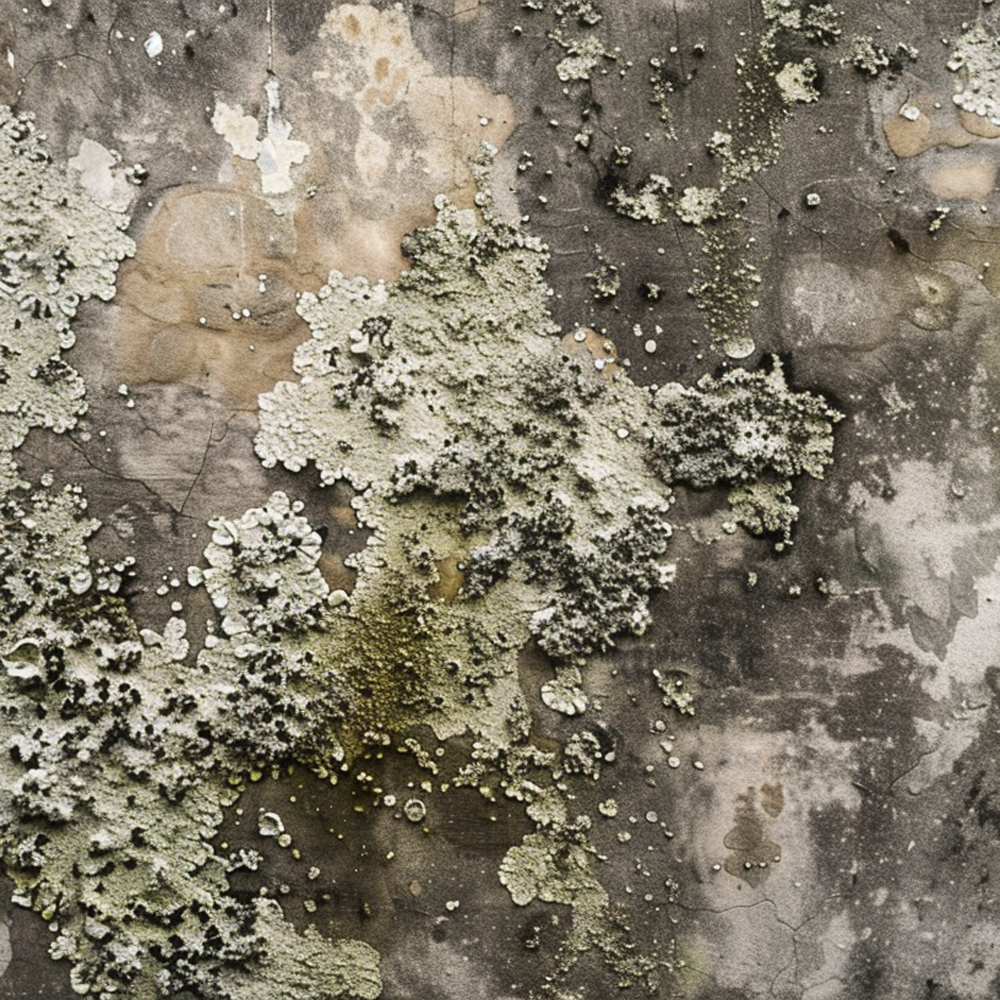May 2, 2024
Understanding Air Quality Test Results

Getting into the world of air quality test results can feel like stepping back in time, navigating through layers of scientific discovery that have shaped our current understanding. It’s not just about numbers on a page; it’s a crucial insight into the invisible forces impacting our health and environment daily. Grasping these results means unlocking a deeper awareness of the air we breathe and how it affects us, guiding decisions for healthier living spaces and communities. With straightforward explanations, this post aims to demystify the complexities surrounding air quality data, making it accessible for everyone.
Basics of Air Quality Index

AQI Purpose
The Environmental Protection Agency (EPA) developed the Air Quality Index (AQI) as a key tool. It reports on air quality. This helps people understand how clean or polluted the air is each day.
AQI also shows potential health impacts. It’s crucial for planning outdoor activities, especially for sensitive groups.
AQI Scale
The AQI measures air pollution on a scale from 0 to 500. Lower scores mean better air quality with fewer health concerns. As the numbers rise, so do the health risks.
This scale makes it easy to gauge the cleanliness of the air we breathe.
Business owners concerned with the wellbeing of their employees and customers should consider commercial air quality testing to evaluate the environmental health of their workspaces.
Color-Coded Categories
The AQI includes six color-coded categories. These colors make it simple for everyone to know the air quality and its effects on health.
-
Green indicates good air with an AQI value of 0-50.
-
Yellow shows moderate quality, ranging from 51 to 100.
-
Orange signals unhealthy air for sensitive groups, with values between 101 and 150.
-
Red warns of unhealthy conditions for all, at levels from 151 to 200.
-
Purple alerts to very unhealthy air, spanning an AQI of 201 to 300.
-
Maroon signifies hazardous air quality, with values above 300.
These categories help people quickly understand air quality levels and associated health risks without needing to interpret numbers or technical terms.
How AQI Works

Calculating AQI
The Air Quality Index (AQI) is a tool that helps us understand how clean or polluted the air is. It uses values from 0 to 500. Lower numbers mean better air quality. The calculation involves several pollutants, but ozone and particulate matter are key.
For ozone, two levels are checked: one for short-term (8-hour) exposure and another for longer-term (annual) exposure. Particulate matter is measured by its size—PM2.5 and PM10. These tiny particles can enter our lungs and even our bloodstream.
Significance of 100
An AQI value of 100 plays a crucial role. It matches the national ambient air quality standard. This level is considered safe for the public but is a threshold for sensitive groups. People with lung diseases, children, and older adults should be cautious above this point.
Making Informed Decisions
Understanding AQI values helps us make smart choices about outdoor activities. On days with high pollution, it’s best to stay inside or limit time outdoors. Sensitive groups need to be extra careful when the AQI goes beyond 100.
Checking the AQI before planning activities can protect health, especially during summer or in urban areas where pollution peaks.
Understanding Mold Test Results

Test Process
Mold testing is a critical step in assessing indoor air quality. Professionals collect air samples from your home and analyze them in a lab. They look for mold spores, which are tiny particles that can spread and grow under the right conditions.
The results show spore counts and mold types. High spore counts indicate a significant mold presence. Knowing the types of mold helps identify potential health risks.
Health Implications
Exposure to mold can lead to health issues, especially for those with allergies or asthma. Symptoms include coughing, sneezing, and eye irritation. Understanding test results is crucial for protecting your health.
If tests reveal high spore counts or harmful mold types, immediate action is necessary. This might involve cleaning or professional mold remediation.
Indicators of Presence
Mold test results highlight two main indicators: spore counts and mold types.
Spore counts tell us how much mold is in the air. A higher count means more mold. Different types of mold have different effects on health. Some are harmless, while others can cause serious problems.
It’s essential to understand these indicators to assess the risk accurately and take appropriate action.
To address potential health risks from airborne contaminants, mold testing is an essential service that helps identify and mitigate mold-related issues in your environment.
Interpreting Mold Types and Levels

Mold Types
Mold testing reveals various types. Some are harmless, while others pose health risks. It’s crucial to identify which ones are in your environment.
Common household molds like Cladosporium and Penicillium often don’t threaten health. They’re everywhere. However, Stachybotrys, also known as black mold, can be harmful. This type warrants immediate action.
Level Readings
Understanding mold level readings is key. These readings show the concentration of mold spores in the air.
Normal levels vary by location but generally match outdoor counts within a home. Elevated levels indicate a problem. They suggest mold grows indoors at higher rates than outside.
Health Effects
Exposure to certain molds can affect health, especially in sensitive individuals or those with allergies.
Minor exposure might cause nasal stuffiness, throat irritation, or coughing. For those with mold allergies or asthma, reactions can be more severe. High levels of exposure to dangerous molds can lead to serious conditions like lung infections.
People should take elevated mold spore counts seriously. They could impact health over time.
Recommendations After Mold Testing

Seek Remediation
After interpreting mold types and levels, taking the next steps is crucial. If test results show high mold levels, seek professional remediation immediately. Professionals have the tools and knowledge to safely remove mold.
They assess the area, decide on the best removal method, and prevent mold from returning. This ensures your home is safe and healthy for everyone.
Control Humidity
Controlling indoor humidity is key in preventing mold growth. Use dehumidifiers in damp areas like basements. Keep humidity levels below 60%. This simple step can make a big difference in maintaining a mold-free environment.
Improve Ventilation
Improving ventilation helps reduce moisture, a main cause of mold. Open windows when weather permits. Use exhaust fans in bathrooms and kitchens. These actions help keep air fresh and reduce mold risk.
Regular Monitoring
Regularly monitor areas previously affected by mold. Re-test these spots to ensure remediation efforts were successful. This helps catch any new growth early and maintain healthy indoor air quality.
Final Remarks
Understanding your air quality test results is crucial. You’ve learned about the Air Quality Index, how AQI works, and the ins and outs of mold test results, including types and levels. This knowledge empowers you to make informed decisions about your environment. Healthy air means a healthier life. If tests show poor air quality or high mold levels, act fast. Improve ventilation, use air purifiers, or seek professional help. Remember, taking steps to ensure clean air in your home or workplace protects everyone’s health.
Now’s the time to take control of your space’s air quality. Don’t wait for symptoms or complaints to arise. Regular testing and quick action can prevent health issues and improve overall wellbeing. Got questions or need help interpreting your results? Reach out to experts. They can guide you through improving your indoor air quality, ensuring a safer, healthier environment for all.
If you’re seeking local experts for a thorough evaluation of your air quality, explore options near you with our air quality testing services near me to find professional assistance tailored to your needs.
Frequently Asked Questions
What is the Air Quality Index (AQI)?
The Air Quality Index (AQI) measures how clean or polluted the air is in a specific area. It provides a daily snapshot, helping you understand what precautions to take.
How does AQI work?
AQI works by calculating pollutants’ levels, including particulates and gases, and converting these into a scale from 0 to 500. Lower scores mean cleaner air.
How do I read mold test results?
Mold test results show types and concentrations of mold spores in an area. Understanding these helps identify potential health risks or needs for remediation.
What do different mold types and levels indicate?
Different mold types can indicate various sources of moisture or decay. High levels suggest significant growth or water damage, requiring immediate action.
What should I do after getting mold testing results?
After receiving mold testing results, consult with a professional to discuss remediation options if high levels of harmful molds are detected. Addressing moisture sources is also crucial.




